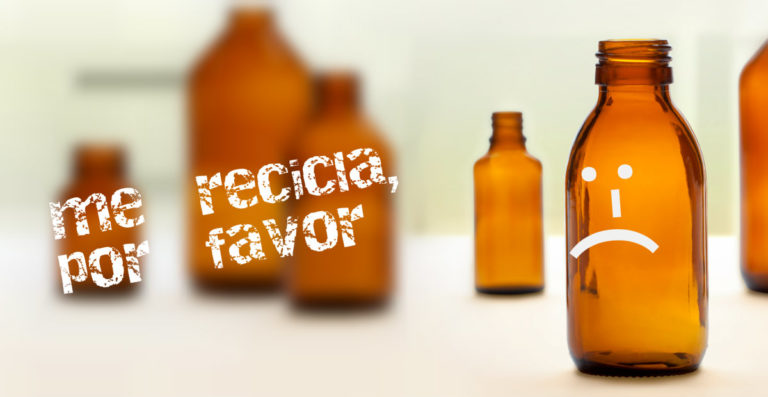Advertisements
Fluorescent lamps are widely used due to their energy efficiency and long lifespan. However, they contain components that require special care during disposal and recycling. Let’s explore the key aspects related to fluorescent lamp recycling, including their manufacture, use, proper disposal, and the problems associated with improper disposal.

Manufacturing and Components of Fluorescent Lamps
Fluorescent lamps are composed of several materials and components. Among them, glass, which can be soda glass or silica glass, is essential for the structure of the lamp. The phosphor powder, composed of chlorofluoroapatite and yttrium vanadate phosphate, is responsible for the emission of light. In addition, they contain heavy metals such as cadmium (Cd), mercury (Hg) and lead (Pb), as well as filler gases, including neon (Ne), argon (Ar), krypton (Kr) and xenon (Xe). The lamp bases are made of brass and aluminum, while the cathodes are typically tungsten or stainless steel. There is also emissive dust composed of barium carbonates (Ba), strontium (Sr) and calcium tungstates (Ca) and barium (Ba).
Use and Challenges of Recycling
In Brazil, the consumption of fluorescent lamps is significant, with hundreds of millions of units being used annually. However, only a small fraction of discarded lamps undergo an adequate recycling process. Recycling fluorescent lamps is crucial due to the presence of mercury and other toxic components, but faces challenges due to the complexity of the process and the lack of adequate infrastructure.
Proper Disposal and Recycling Processes
Fluorescent lamp recycling involves recovering components such as mercury, aluminum, and glass. Although there are companies that specialize in recycling these materials, most do not purchase used lamps due to the costs associated with the decontamination process. Typically, the recycling process includes the selective collection of burned-out lamps, which are packaged in new boxes and stored in special containers provided by recyclers. These containers are then sent to recycling plants that process the components.

Improper Disposal and Its Risks
Improper disposal of fluorescent lamps is a significant problem. Few Brazilian municipalities have licensed landfills for the disposal of hazardous waste, such as lamps containing heavy metals. Improper disposal can lead to soil and water contamination, mainly due to mercury, which is highly toxic.
Exposure to mercury and its compounds can cause a variety of health problems. Metallic mercury can lead to acute bronchitis, headaches, cataracts, tremors, weakness, chronic kidney failure, and other symptoms. Inorganic mercury salts can cause blindness, exfoliative dermatitis, acute gastroenteritis, and other serious conditions. Methylmercury, a particularly dangerous form, can cause irreversible brain damage in fetuses and adults, resulting in neurological and psychiatric syndromes, physical and mental deterioration, and even death.
Solutions and Improvements in Lamp Recycling
Improving the recycling of fluorescent lamps requires expanding collection and recycling infrastructure and raising awareness about the importance of proper disposal. Incentives for businesses and consumers can help promote more sustainable practices. In addition, it is essential that governments and environmental organizations work together to establish and enforce regulations that ensure that lamps are recycled safely and efficiently.
Recycling fluorescent lamps is a vital aspect of waste management and environmental protection. Understanding the components of lamps, the importance of proper disposal, and the risks associated with improper disposal can help promote more sustainable practices. Recycling not only reduces the amount of hazardous waste, but also recovers valuable materials, contributing to a more sustainable future.
Check out other interesting facts about recycling clicking here.
Learn how to make art by recycling, Click here.



